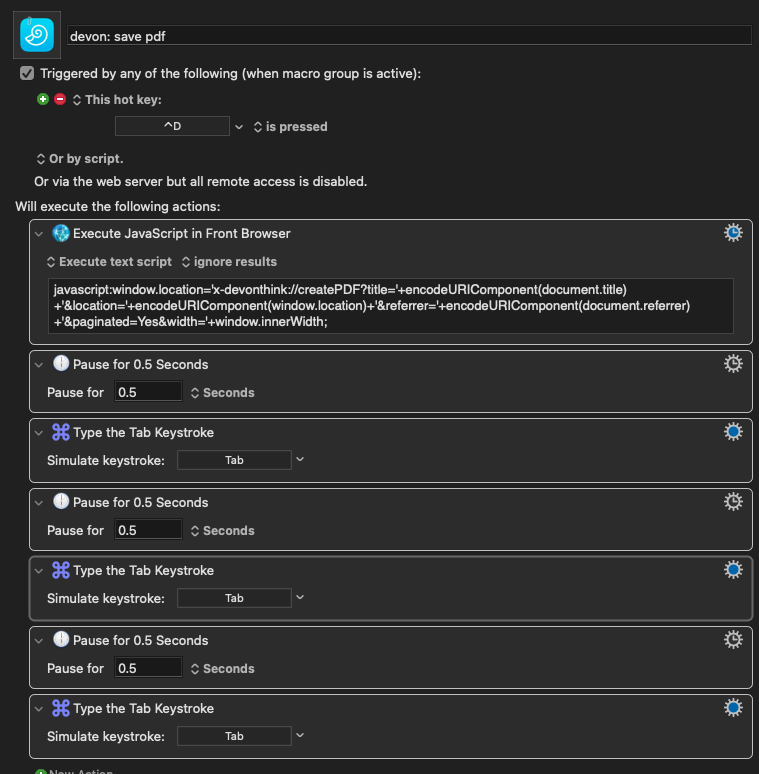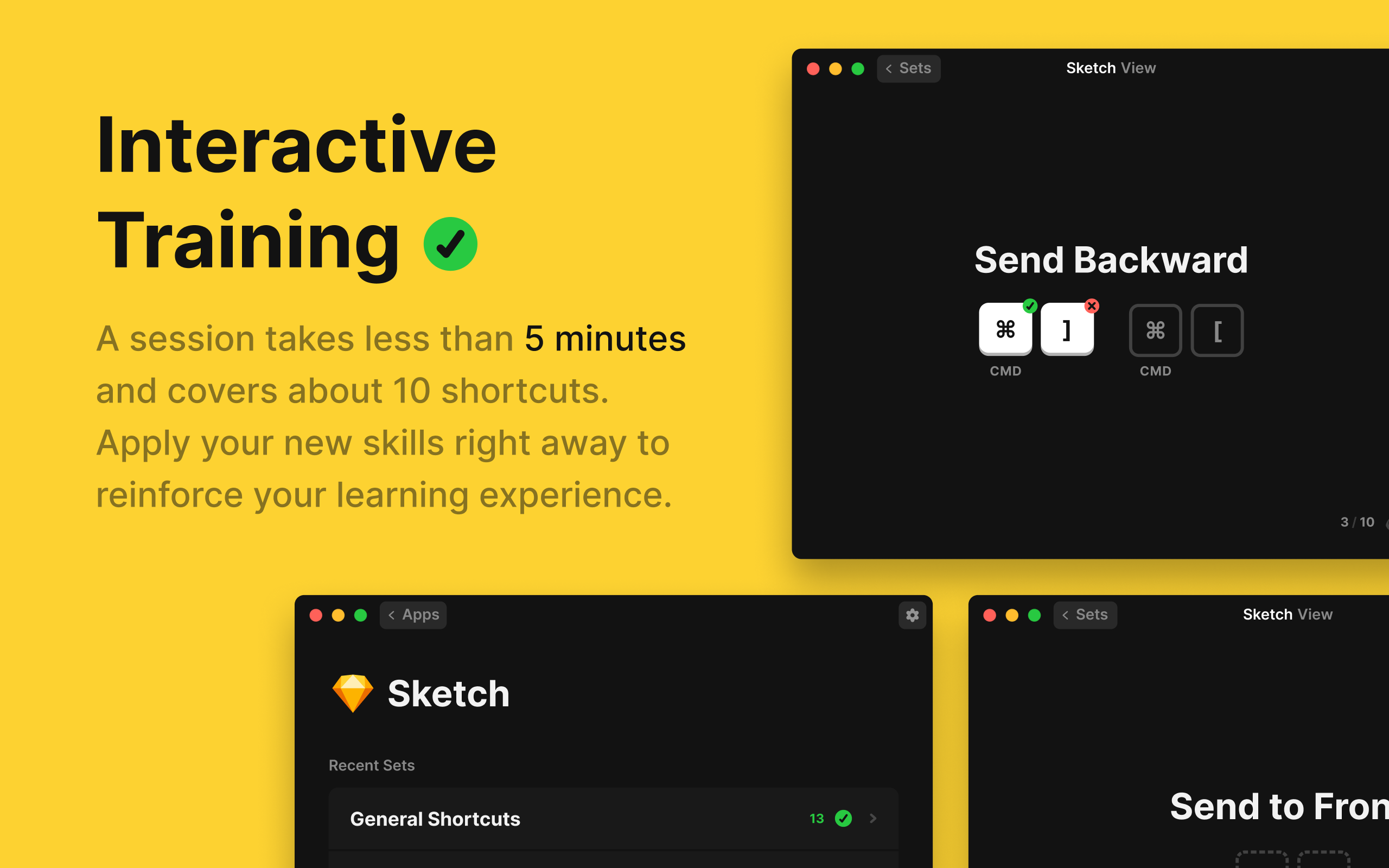
The text is timed to match when the audio is appearing on screen. Captions are text at the bottom of a video, which display the dialogue and important sound effects.Captions help a wide swath of people - people who are deaf or have hearing loss, people who have audio processing disorders, people still learning the language, and people who simply can’t watch or listen to multimedia because they are in loud or public spaces like a café or subway.Captions, Transcripts, and Audio Descriptions:.One of the bigger challenges is selecting things that are only set to be activated on mouse clicks – difficult to do without a mouse! The following link has more information regarding designing for Keyboard Accessibility.Keyboard users tend to navigate a page differently, as they can jump between links, buttons, and input areas by pressing keys – usually the Tab key to go forwards and Shift + Tab to go backwards (some also navigate with arrows and select via Space or Enter). Many users navigate websites solely by the keyboard, without a mouse.Mouseless browsing / Keyboard navigation:.
#Mouseless web navigation software
If you’d like to check it out, one popular software is called Dragon Naturally Speaking.Did you know that voice recognition also allows users to navigate their computer using just their voice? To do this, the user trains the software to recognize their voice and particular spoken commands (which can be native to an app or created by the user), though it may still struggle if the user has a cold or is not enunciating clearly. Voice recognition software transforms voice to text, such as if the user is dictating an email.
#Mouseless web navigation how to
WebAim has an ongoing list of Screen Readers and has resources regarding how to design digital spaces to support screen readers. There are a variety of different screen readers available, and not all of them work exactly the same. Testing software with a screen reader often finds many bugs that visual users may not realize are there.They describe more than just the text on a page, allowing the user to navigate between programs, their desktop and manipulate files. Screen readers provide an audio description of what the user has focused on with their keyboard (occasionally a mouse can be used instead).For testing purposes, make sure to check that everything is clear and easy to access when the content is zoomed up to 250%.The most commonly used assistive technology on the web is people with low-vision typing Ctrl + into their browsers to increase the font size! There is also specialty software that magnifies everything on the screen such as ZoomText or ScreenMagnifier.

Taking AT into consideration during the design and build of web pages and software can reduce or completely remove these barriers.Įxamples of commonly used technologies are: If I go to a site, I often either type R to view the contents without the poorly formatted header links of most sites, or & to load it in a graphical browser.There are a variety of different Assistive Technologies (AT) that users with disabilities can use to interact with the digital world, but webpages and software that aren’t built with AT in mind may result in users with disabilities having an experience that’s frustrating or even completely unusable.

Clarification… I don’t hate the mouse, as much as changing between the mouse and the keyboard, so if I can do everything without a mouse, my efficiency improves. Sure apply caveats to that statement, but the mouse-less focus of Emacs is efficient. I spend most of my computer life in Emacs, as many tasks work better.


 0 kommentar(er)
0 kommentar(er)
